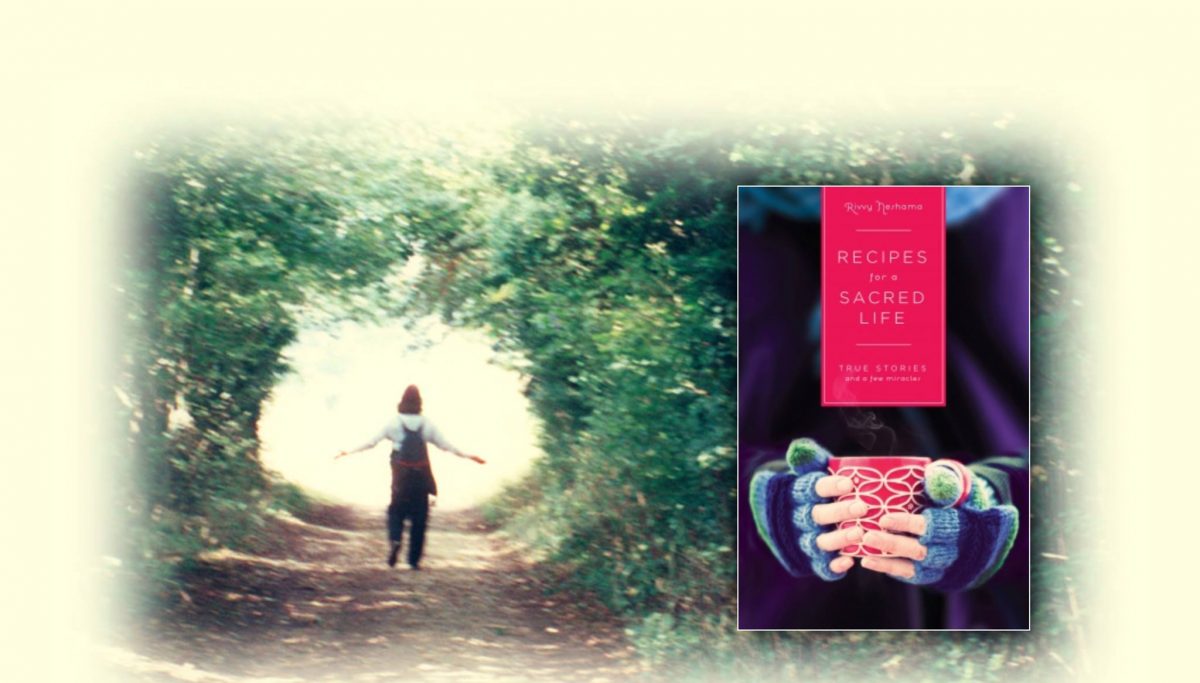It Was the Best of Times, It Was the Worst of Times
I still remember the sheer joy I felt when my agent found a publisher for my book, Recipes for a Sacred Life: True Stories and a Few Miracles. The time that followed that milestone was, um, more emotionally mixed.
Looking back over the months before and nearly two years after my book was published, I recall some lines written by Charles Dickens . . . and me:
“It was the best of times, it was the worst of times. . . . It was the spring of hope, it was the winter of despair. It was a time of feeling praised, it was a time of feeling rejected. A time of bliss, a time of stress. A time in which I worked 60 hours a week. A time too full to ever remember!”
Thankfully, I had author friends who told me that what I was experiencing was normal—or at least what they experienced too. And after jotting down these notes and wondering if the problem was that I overdid it, I was heartened but saddened to see that a lot of what I discovered was confirmed by an article in The Economist:
“Standing out as a book writer today requires more than a bright idea and limpid prose. Authors need to become businesspeople as well, thinking strategically about their brand, and marketing themselves and their products. There is more competition for readers’ and reviewers’ attention, and fewer bookshops to provide a showcase for new titles.
“Many authors dream of a happy ending in which, having delivered their magnum opus, they sit back and enjoy an endless stream of royalties. (Right. That was me!) But these days, writing a book is just a prologue to more work. Even the most successful writers need to invest large amounts of time and resources in promoting themselves. Authors mostly used to rely on public-relations staff provided by the publishing house. Now, wise writers hire their own publicists, whether they are unknowns just starting out in the business or stars.”
So, where to begin?
Well, a lot of what has to be done needs to be done before the book is launched but after you sign a contract or select a means of self-publishing: choosing a publicist; creating a website (if you don’t already have one) as well as printed materials, press releases, the one-minute and three-minute elevator pitch (which I somehow could never quite do); and, mostly, research and thinking. Being a compulsive researcher, I read five books on promoting your book and at least 150 blogs. I even skimmed 1001 Ways to Market Your Books, but finally gave up on that one. It was too overwhelming—even for me!
I also met with many people for advice. One who stands out is Colorado author and photographer Brian Luke Seaward, whom I invited for lunch and brainstorming. Luke said there are three things to remember:
- Everything Is Marketing. (Give book cards out to everyone, even at the gas station.)
- You’re the Guardian Angel for Your Book.
- Oh Yeah, and Have Fun! (The fun part was the hardest.)
Watch for Part 2: What to Do from Day One or, Better Yet, Before Day One
© 2018 Rivvy Neshama. All rights reserved. No part of this six-part essay may be reproduced without permission in writing from the author, except for the inclusion of brief quotations that acknowledge both the writer and the title of her book, Recipes for a Sacred Life: True Stories and a Few Miracles.
Image courtesy of Pixabay
